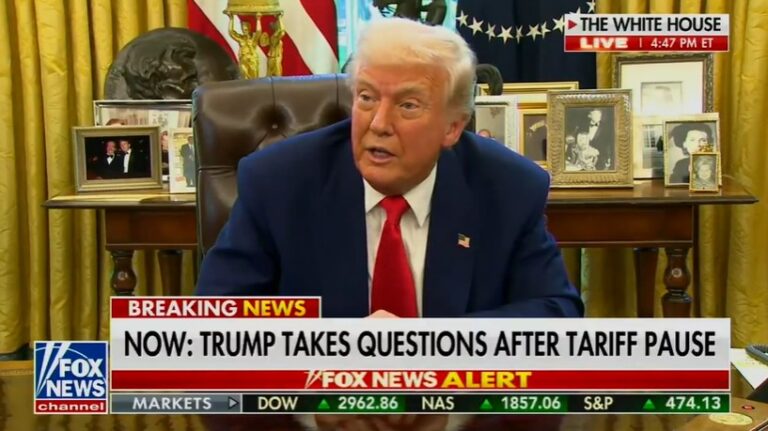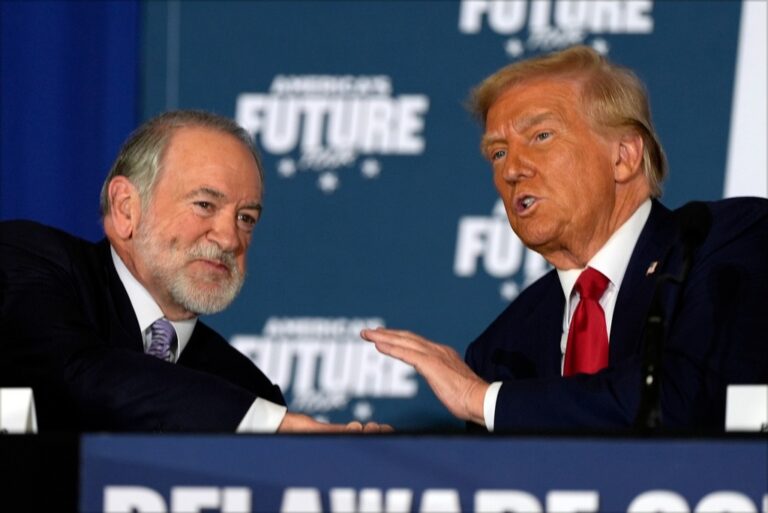Wholesale prices in the United States were unchanged last month in another sign that inflation is returning to something close to normal after years of pressuring America’s households in the wake of COVID-19.
The Labor Department reported Friday that its producer price index — which tracks inflation before it hits consumers — didn’t move from August to September after rising 0.2% the month before. It rose 1.8% last month from a year earlier, down from a 1.9% year-over-year increase in August. Excluding food and energy prices, which tend to fluctuate from month to month, so-called core wholesale prices rose 0.2% from August and 2.8% from a year earlier, a tick higher than in the previous month.
The wholesale price of services rose modestly but was offset by a drop in the price of goods.
The wholesale inflation data arrives one day after the government said consumer prices rose just 2.4% in September from 12 months earlier — the smallest year-over-year rise since February 2021. That was barely above the Federal Reserve’s 2% target and far below inflation’s four-decade high of 9.1% in mid-2022. Still, with the presidential election less than a month away, many Americans remain unhappy with consumer prices, which remain well above where they were before the inflationary surge began in the spring of 2021.
The steady easing of inflation might be diminishing former President Donald Trump’s political advantage on the economy. In some surveys, Vice President Kamala Harris has pulled even with Trump on the issue of who would best handle the economy. Yet most voters still give the economy relatively poor marks, mostly because of the cumulative price increases of the past three years.
The producer price index released Friday can offer an early look at where consumer inflation might be headed. Economists also watch it because some of its components, notably healthcare and financial services, flow into the Fed’s preferred inflation gauge — the personal consumption expenditures, or PCE, index.
Inflation began surging in 2021 as the economy accelerated with surprising speed out of the pandemic recession, causing severe shortages of goods and labor. The Fed raised its benchmark interest rate 11 times in 2022 and 2023 to a 23-year high. The resulting much higher borrowing costs were expected to tip the United States into recession, but they didn’t. The economy kept growing, and employers kept hiring. And inflation has kept slowing.
Last month, the Fed all but declared victory over inflation and slashed its benchmark interest rate by an unusually steep half-percentage point, its first rate cut since March 2020, when the pandemic was hammering the economy. Two more rate cuts are expected this year and four in 2025.
(AP)











